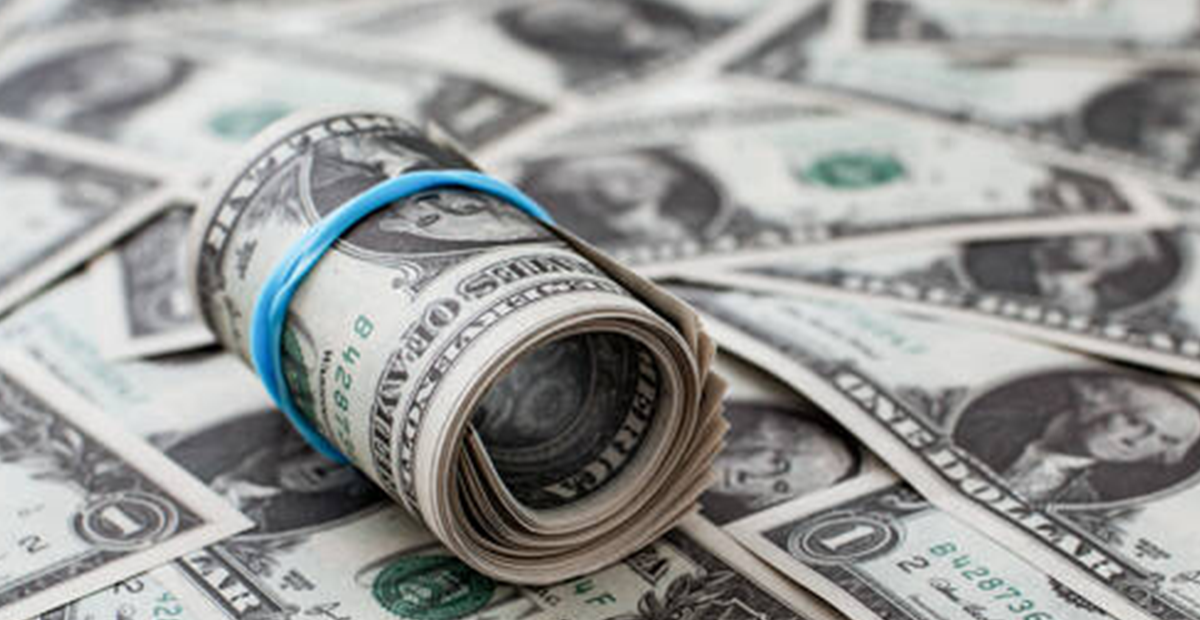Dollar Starts 2024 at Peak Since March Amid Fed Policy Review
The US dollar heralded the start of 2024 by recording its largest daily surge since March, as market participants scaled down their predictions regarding the Federal Reserve’s interest rate cuts for the year.
On Tuesday, the Bloomberg Dollar Spot Index climbed over 0.7%, marking a noteworthy rise as Treasury yields and US equities declined, with the currency maintaining stability during Wednesday’s trading session in Asia. This significant rise represents the greenback’s most substantial one-day gain since the banking sector experienced disruptions over nine months ago.
This vigorous commencement to the year is a shift from the previous year’s erratic trajectory, during which the dollar’s fluctuations were heavily influenced by conjectures on the timing and magnitude of interest rate reductions by major central banks. In 2023, the currency experienced a decline of 2.7%, its most pronounced annual downturn since the onset of the global pandemic in 2020.
Market analysts are still grappling with varied expectations regarding the Federal Reserve’s policy moves. The upcoming days are crucial for observing how these speculations unfold, with emphasis on the imminent release of the Federal Reserve’s December meeting minutes. These minutes are eagerly anticipated as they will shed light on the Fed’s meeting where there were indications of a halt to the steep interest rate hikes.
As the week progresses, traders are also focusing on the forthcoming labor market data, anticipated to illustrate a robust yet moderating employment landscape.
The dollar’s strength was felt across the board, with every Asian emerging-market currency recording a drop against it. Currencies like the South Korean won, Malaysian ringgit, and Thai baht saw some of the most significant depreciations in comparison to the dollar.
The dollar’s decline throughout 2023 was largely attributed to Wall Street’s expectations of a potential easing cycle. However, there’s now a shift in sentiment as traders reassess the future monetary policy landscape. Although central banks have suggested that the cycle of rate hikes may have reached its peak, they are likely to approach any decisions on reducing inflationary pressures with caution.
With the new year still in its infancy, the markets have yet to fully determine their primary expectations. The consensus is that the Federal Reserve might not initiate rate cuts as early as March, and the forthcoming release of the December meeting minutes is likely to support this view, potentially aligning with the current market predictions.

.webp)




